Australia needs huge investment to meet Labor’s renewable energy goals
After big business flocked to a vision of net-zero emissions by 2050, reality has set in. Yes we have the weather and natural resources to deliver transition, but do we have the cash?
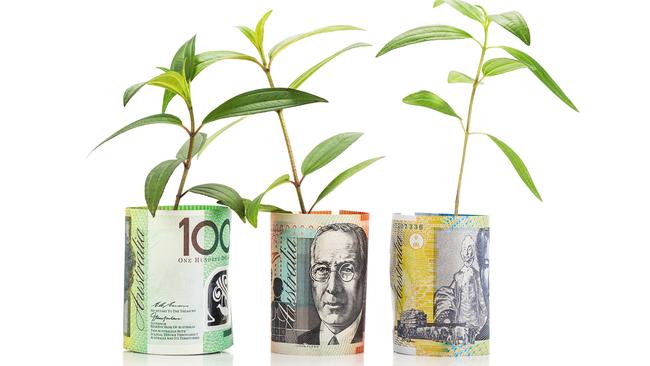
This article appears in The Green List: Australia’s Top 100 Green Energy Players, out on Friday.
Australia faces a $1.5 trillion riddle. After big business flocked to a vision of net-zero emissions by 2050, reality has set in. The country must now find this enormous sum by the end of the decade to meet mid-century green targets in an effort that experts say is on a par with the rebuilding of Europe following World War II.
Many of the building blocks to deliver a transition to a low-carbon energy system are already in place. They include one of the world’s largest endowments of natural resources; ideal conditions for solar and wind generation, with some three million Australians owning rooftop panels atop their homes and major large-scale wind farms helping ease the transition away from coal; the use of clean hydrogen to make green steel; base metals such as copper; and, central to electrification, the rich reserves of critical minerals that have the potential to transform Australia into a renewable energy superpower.
Deep-pocketed investors and financiers are also along for the ride, unleashing record amounts of capital as the Albanese government seeks to almost triple the amount of renewable energy in the power grid by 2030.
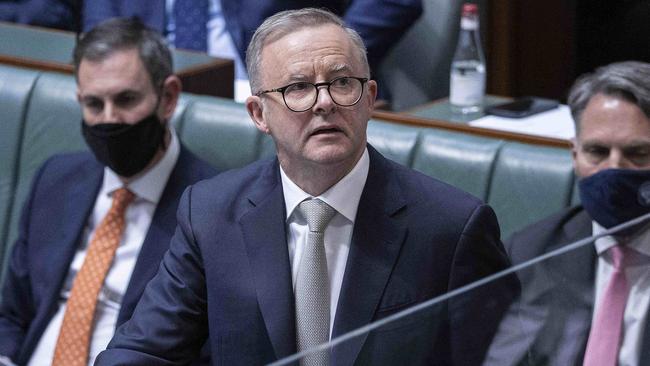
But the sheer scale of what’s still to come looks daunting from pretty much every perspective. Modelling by the academic-backed Net Zero Australia group suggests that the skilled workforce required to install and run new generation assets, transmission lines and associated decarbonisation efforts will need to double to at least 200,000 people by 2030 and reach somewhere between 700,000 and 850,000 by 2060. That’s up to four per cent of Australia’s estimated total workforce.
While green spending has momentum, the current 50 gigawatts of planned and committed renewable energy generation fall well short of the 230 gigawatts estimated to be needed by 2035. Experts say an enormous acceleration of both onshore and offshore wind developments is still needed to provide future power.
More than $120 billion of spending is needed to finance new solar, wind, transmission and energy storage projects by 2030, according to the Australian government-backed Clean Energy Finance Corporation, but current investment is falling substantially short of targets. It estimates a major wind farm needs to be built each month until the end of the decade to hit the ambitious goal. Renewable energy generation would need to grow to about 40 times the current power grid generation capacity, according to Net Zero Australia modelling.
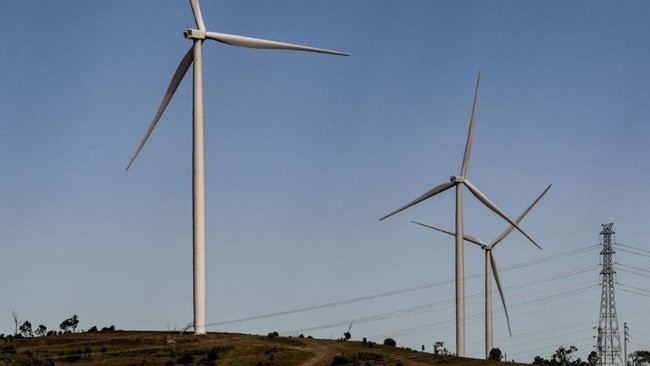
One of Australia’s most respected energy experts says the reality of the stuttering transition is now upon us. “Green energy ambitions are now crashing into the logistical, commercial and regulatory realities, which are preventing the green energy rollout occurring at the desired pace,” says energy analyst Saul Kavonic.
“Australia won’t come remotely close to reaching the government’s target for 82 per cent renewable energy by 2030. The overly ambitious green targets, alongside policy instability, have created a real problem by also deterring investment in non-renewable generation, so Australia risks falling between two stools and suffering energy shortages. Fifteen years of energy policy dysfunction is finally catching up, with little room left to keep kicking the can down the road.”
Officials say five major projects covering 10,000 kilometres to connect up new renewable supplies need to be built “as urgently as possible”, as fears grow that new supplies may be stranded if these developments are not delivered on time.
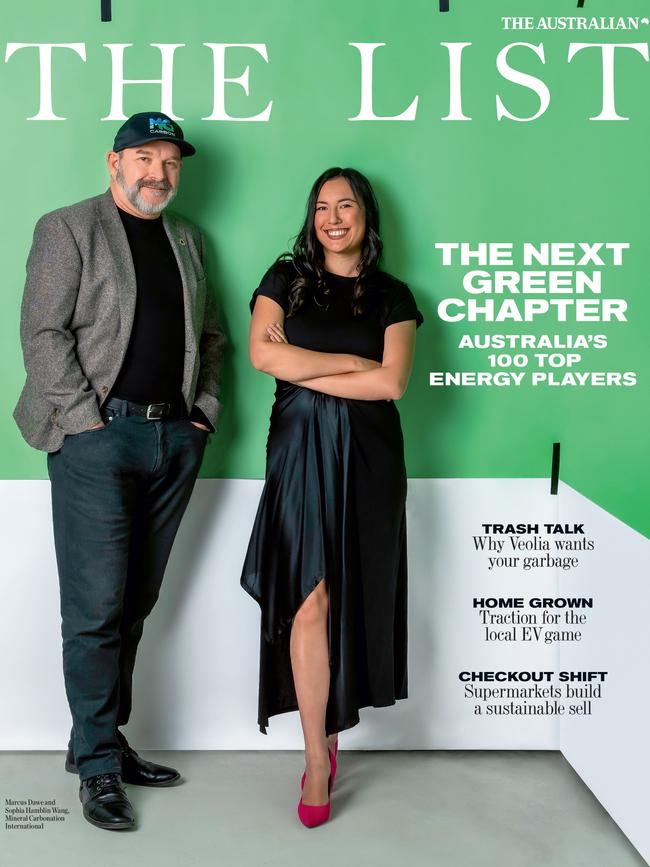
Federal Climate Change and Energy Minister Chris Bowen has also conceded a $20 billion plan to rebuild Australia’s electricity transmission networks faces labour-market strains and challenges getting farmers and landowners onside.
“The grid build-out required in Australia will have to occur at dizzying speeds,” BloombergNEF said in its latest energy outlook report. “The government’s net-zero by 2050 target warrants a grid nearly double in length — from 860,000 kilometres in 2022 to over 1,600,000 kilometres by mid-century.”
It estimates $300 billion of grid investment needs to occur between 2022 and 2050, of which $218 billion is spent to sustain the existing grid and replace existing assets, and $82 billion to expand the grid for new electricity consumption.
If the big picture seems daunting, the reality on the ground is also proving challenging. In September, Infrastructure, Transport, Regional Development and Local Government Minister Catherine King joined farmers, councils and environmentalists in attacking consultation on the Victorian-NSW Interconnector transmission project (VNI), which will plug renewables into the grid and help achieve Labor’s 2030 emissions-reduction target.
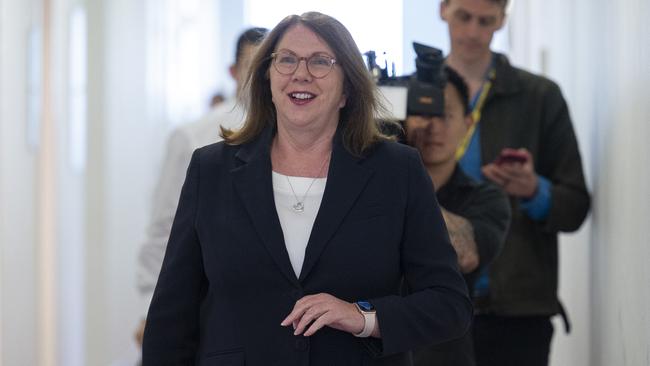
The intervention shone a spotlight on Bowen, who faces backlash from some farmers living on the front line of new “energy superhighways” carrying massive steel towers across pristine rural property.
“To secure the necessary investment, the federal government may need to revise the current investment framework for grids in order to elicit funding from the private sector,” BloombergNEF concludes.
The impasse in getting critical infrastructure delivered has reignited a decades-old debate over the potential to introduce nuclear as a baseload power source for Australia. Liberal leader Peter Dutton backed the debate and after he gained some early momentum bringing the issue to the fore, Labor finally hit back. It released new government costs claiming that Dutton’s proposal to convert coal-fired power stations into nuclear small modular reactors (SMR) would cost $387 billion.
The modelling, based on taxpayers footing the entire bill and using existing GenCost data collated by the CSIRO and the Australian Energy Market Operator, predicts that a minimum of 71 small modular reactors of 300 megawatts would be required to offset coal generation coming out of the system.
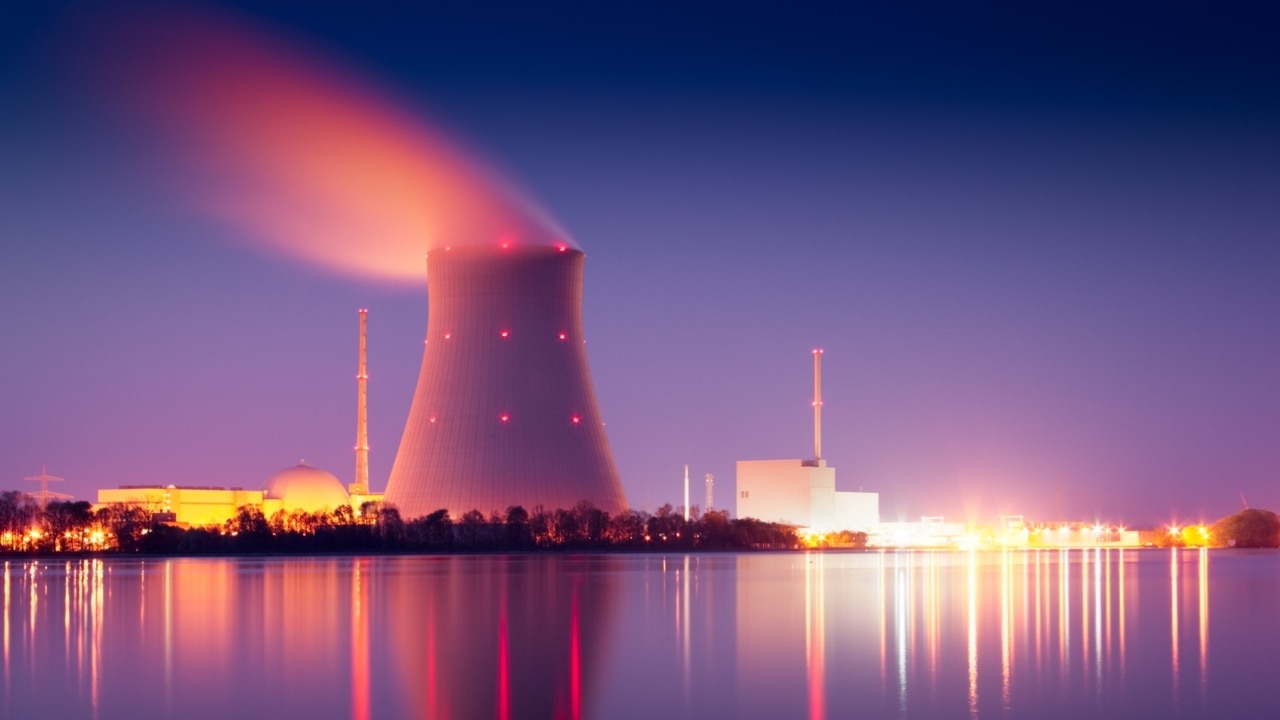
Few experts seem to place much stock in the likelihood of winning over communities to the oft-maligned fuel source. But Kavonic says a dose of reality is required in the broader energy debate. “The times where ideology has trumped hard engineering realities are going to have to come to an end,” he says. “Despite what one may think from hearing the public debate, electrons don’t have personalities or moral underpinnings; they don’t know if they come from a solar plant or lump of coal. They are simply either there or they are not when needed, and at a price. Energy security risks are now imminent.”
Both the Coalition and Labor have continued meddling in the market in a bid to ease an immediate crunch for energy users. While that may have provided a short-term sugar hit to get through a squeeze, critics say it represents poor policy and delivers detrimental investment signals.
“It isn’t without irony that the current more green- leaning Labor governments are going to end up subsidising coal-fired power generation more than the Coalition ever dreamed of,” Kavonic says.
“It seems inevitable that the government is going to pay through the nose to keep the Eraring coal-fired power station [on Lake Macquarie, NSW] open for longer. Eraring may need to hang around until the Central-West Orana Renewable Energy Zone comes online, which has already been delayed two years to 2027, but could easily be delayed further into the 2030s.”
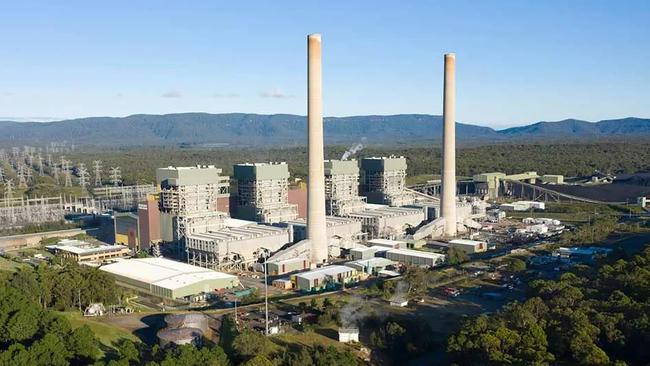
Parts of corporate Australia are also drawing back on near-term commitments to slashing emissions, underscoring the difficulty of cutting the pollution emitted by heavy industry.
Mining giant Rio Tinto recently waved the white flag and conceded it may not reach 2025 targets without the use of carbon credits, given the lack of progress around green power for its local aluminium plants.
Boral also pulled back on targets for the same year, as it tackles the reality of eliminating emissions from energy-intensive building products supplies.
Hydrogen, too, has taken a breather.
A huge array of projects have been announced across Australia in the past two years. Companies and investors were looking to capitalise on ample renewable resources to develop an industry seen as a golden ticket to reach net-zero goals.

Australia has a plan to become a top-three exporter of hydrogen to Asian markets by 2030 but developments have not moved forward as quickly as anticipated. The US has stolen a march, providing massive stimulus funds to develop green energy projects through its Inflation Reduction Act.
Hope remains that Australia can flex its muscle and join the party. But it will need a delicate combination of smart policy and willing financiers to ensure a green dream can be delivered.
Australia has the ingredients in place and now needs to pull off one of the biggest programs of investment seen in decades.






To join the conversation, please log in. Don't have an account? Register
Join the conversation, you are commenting as Logout